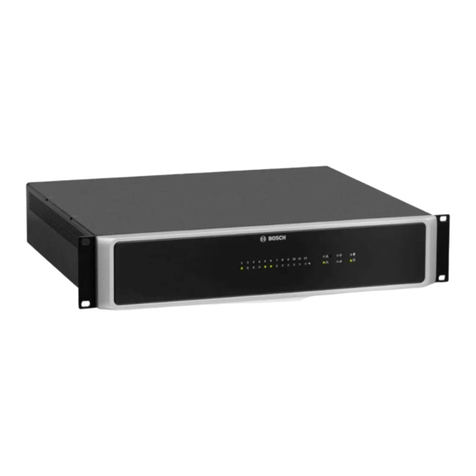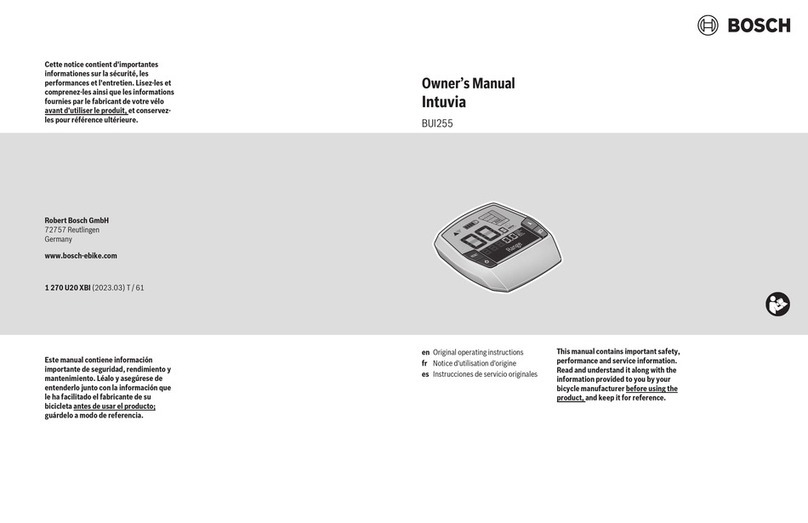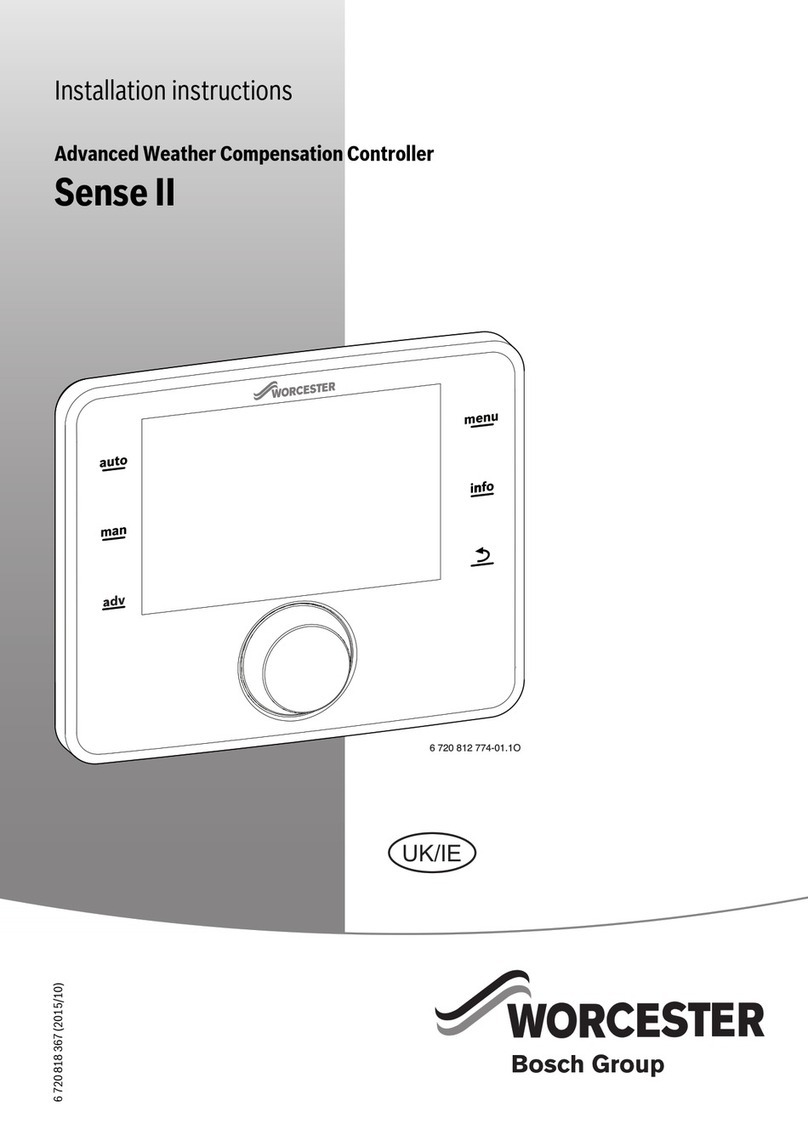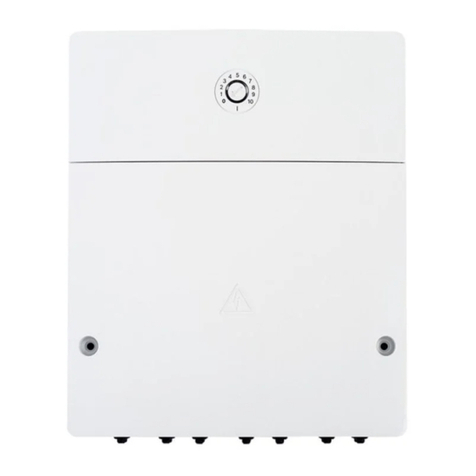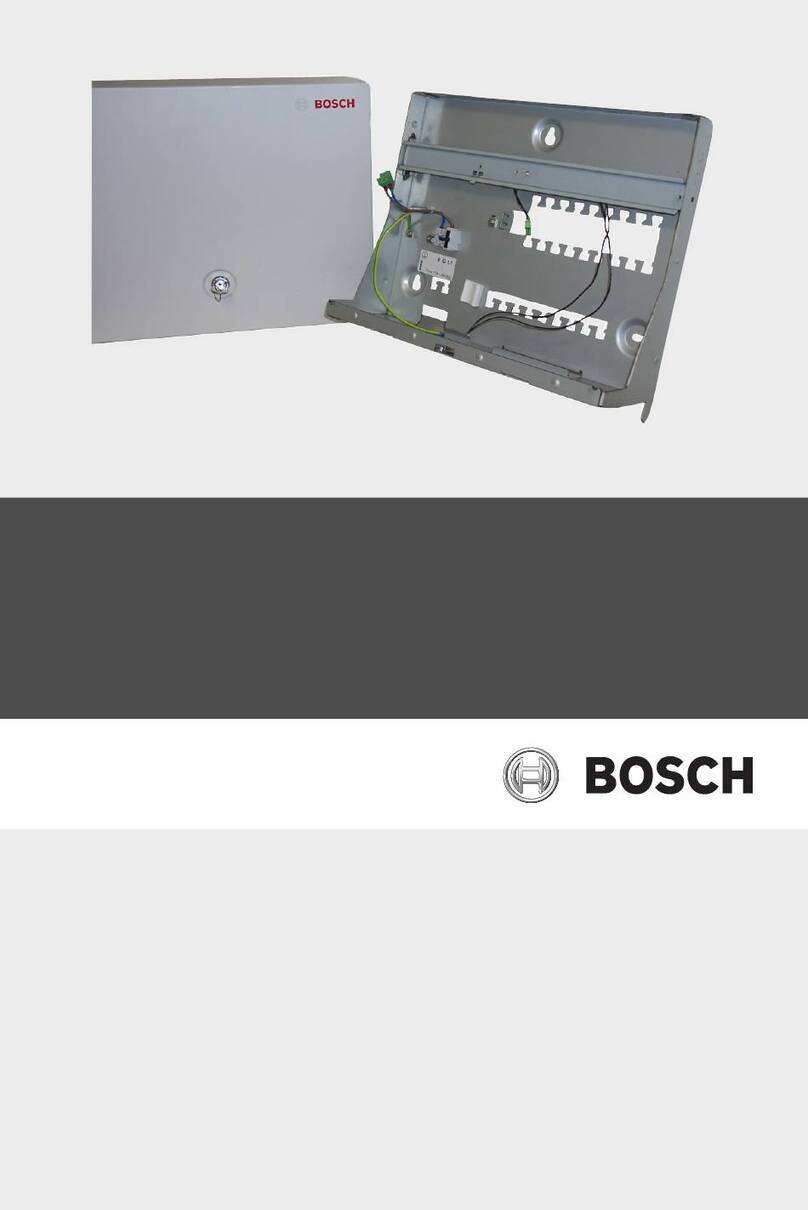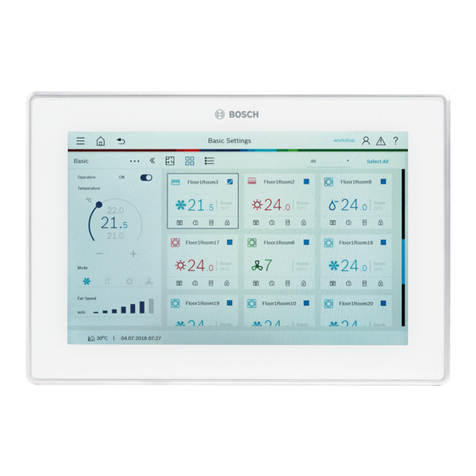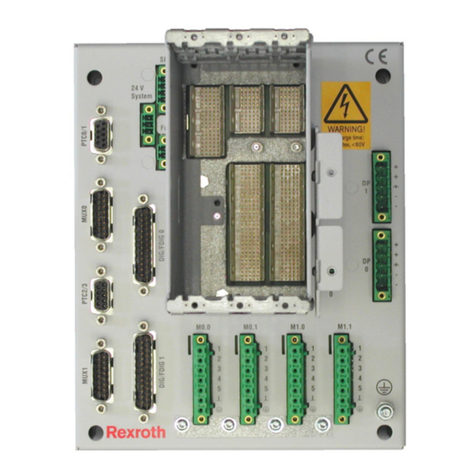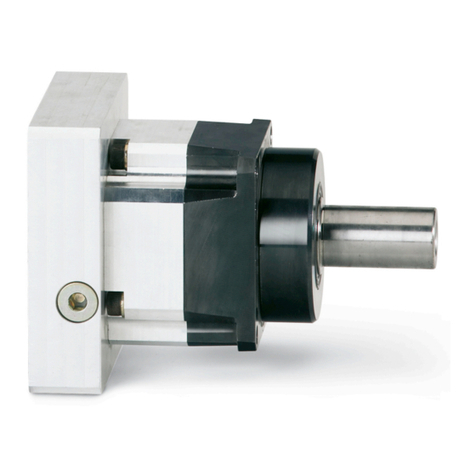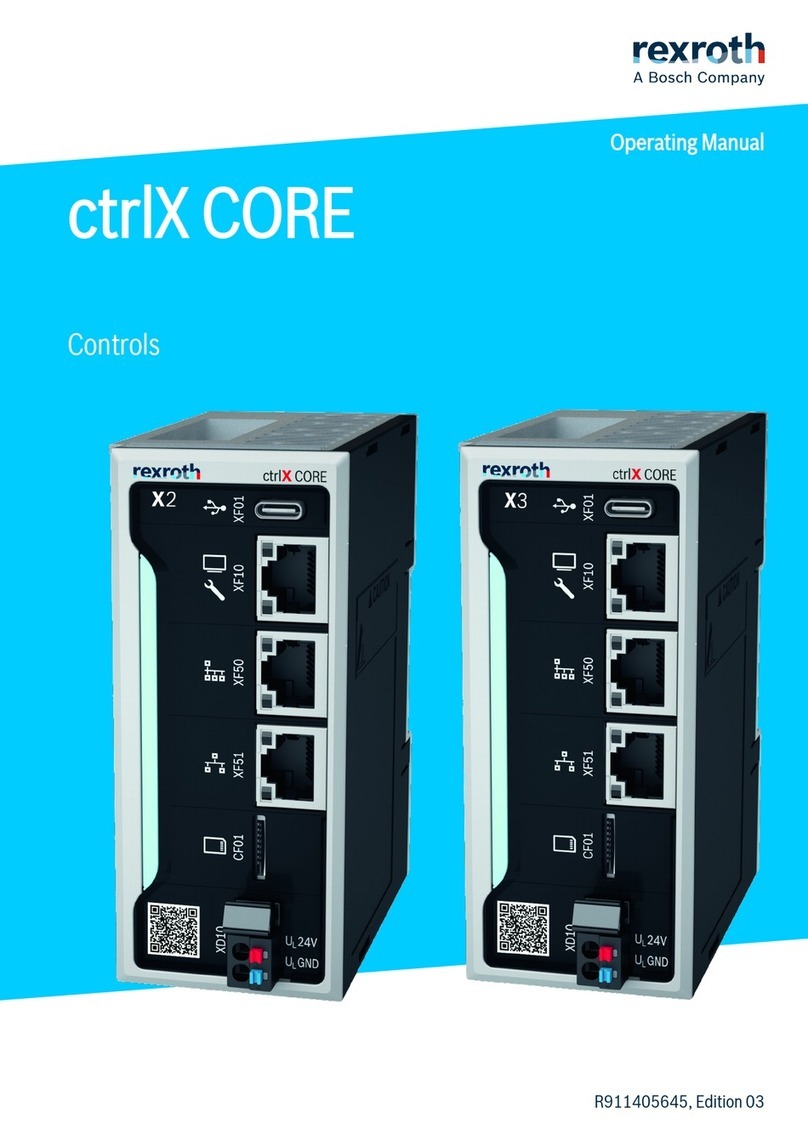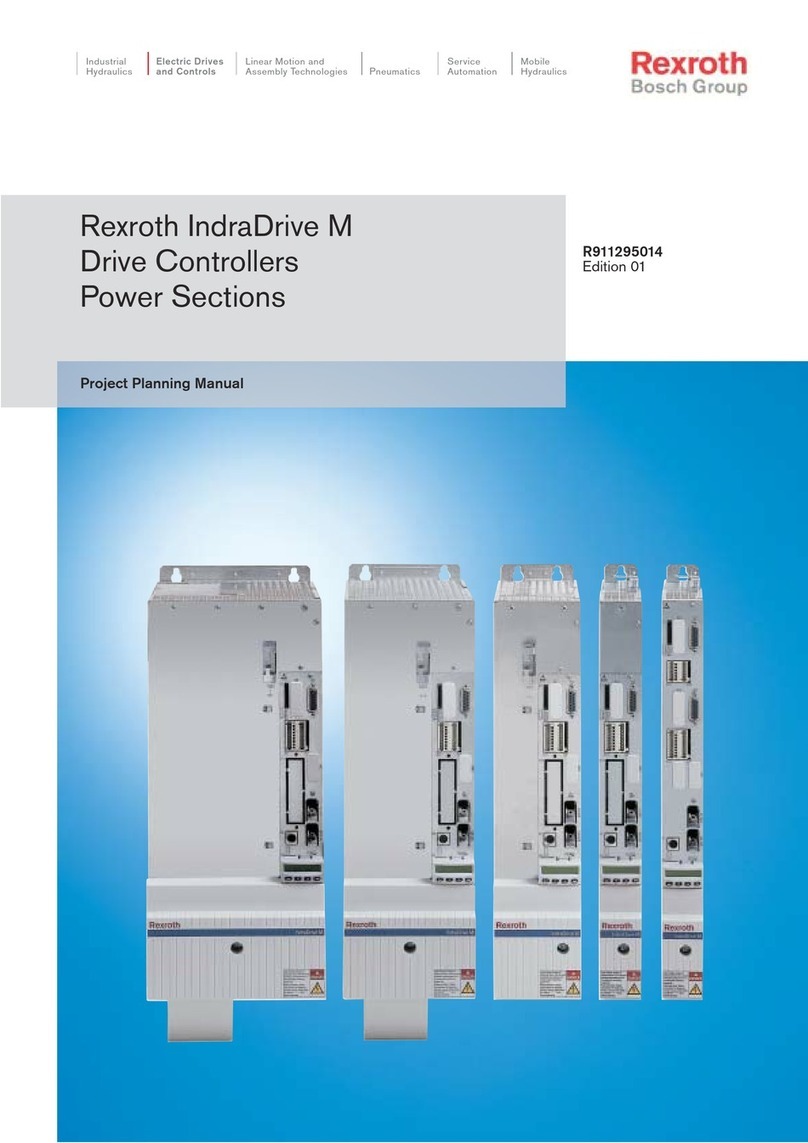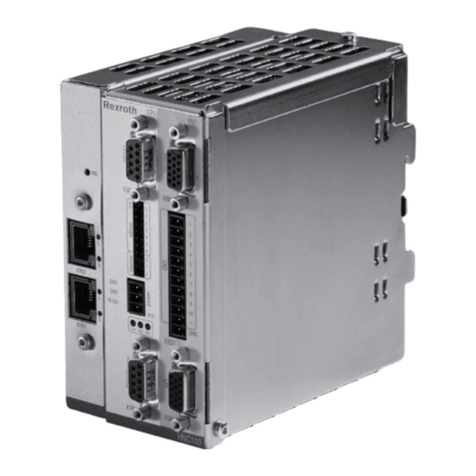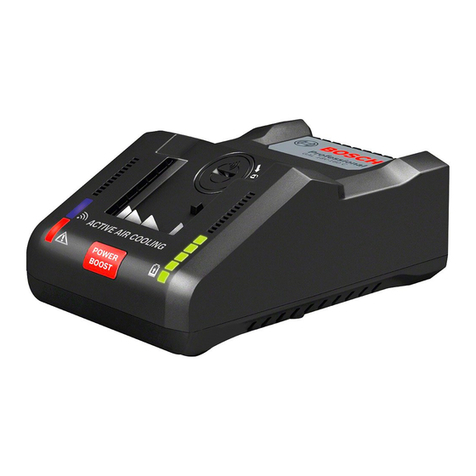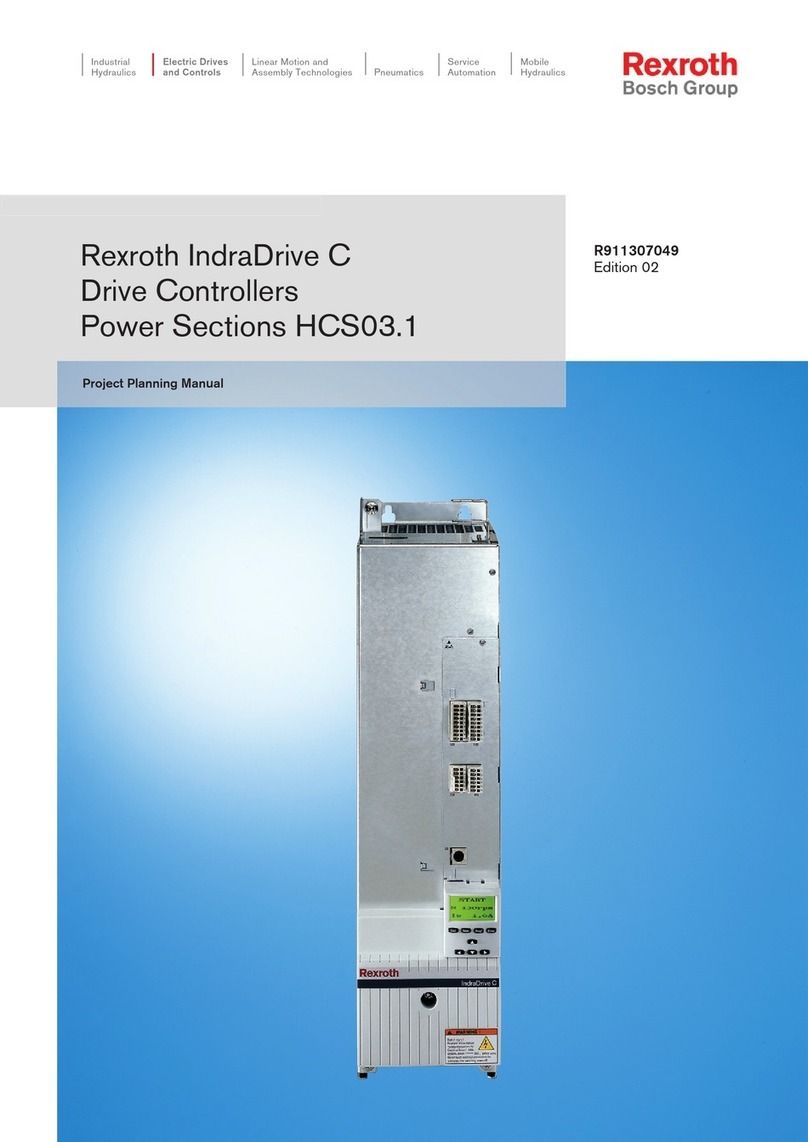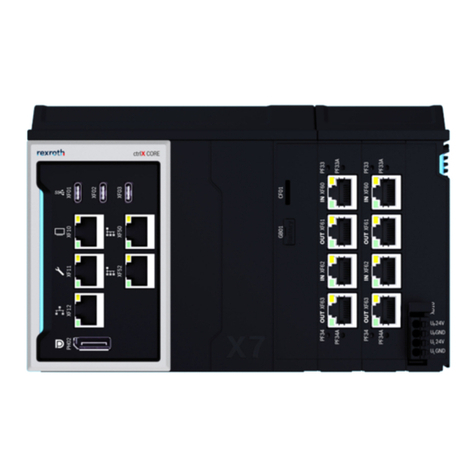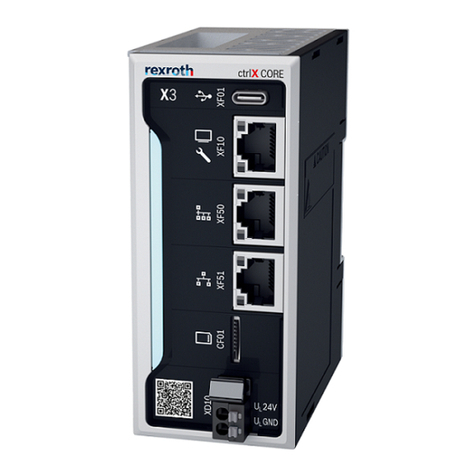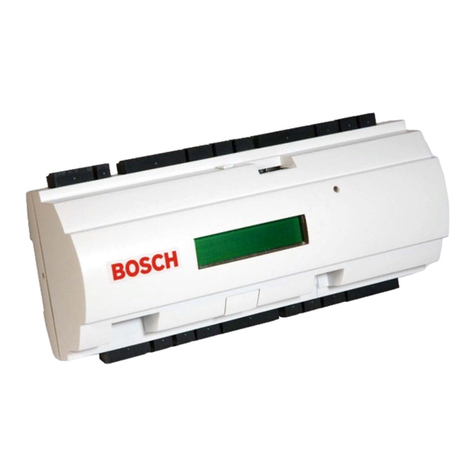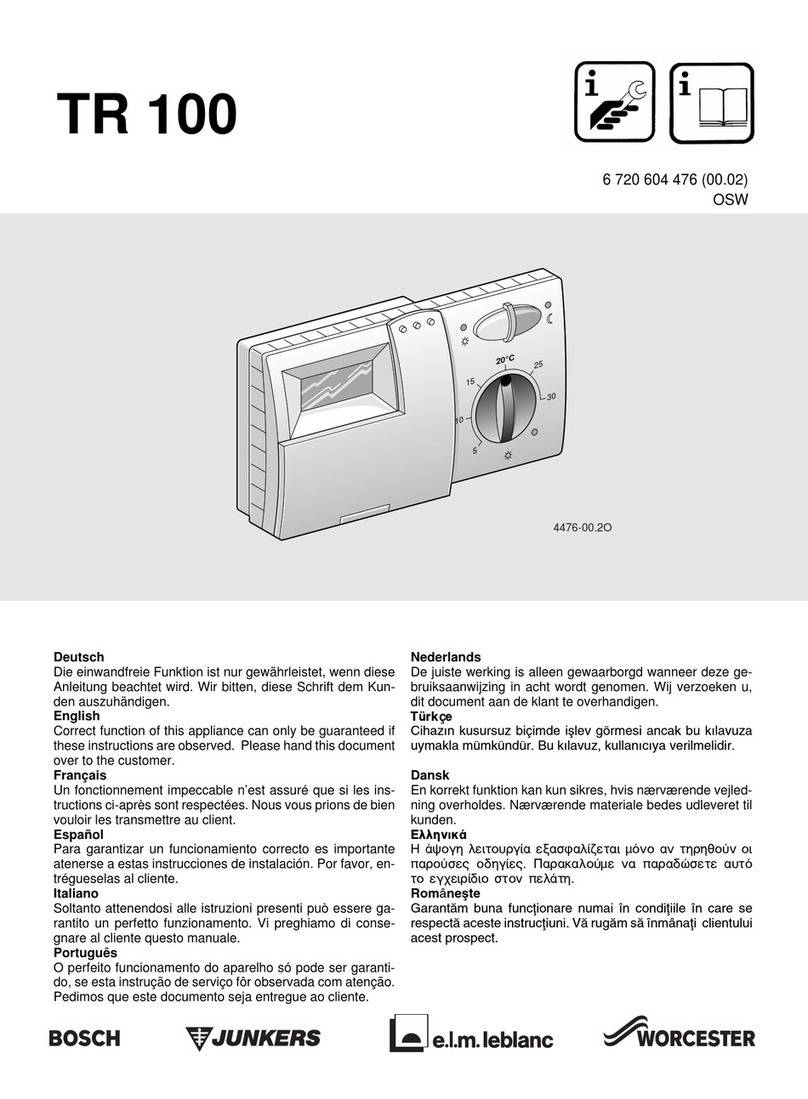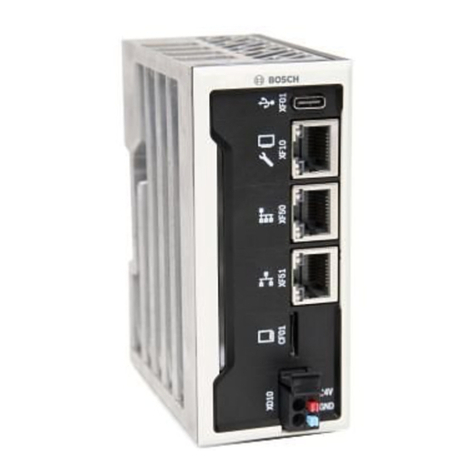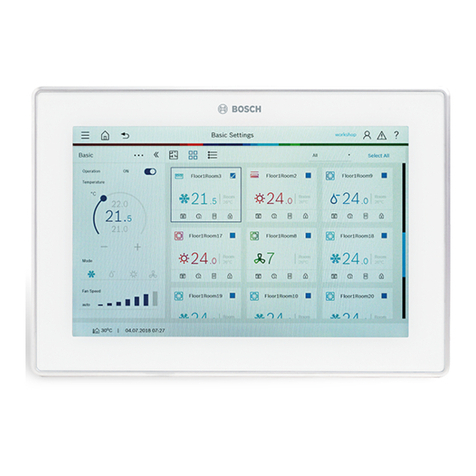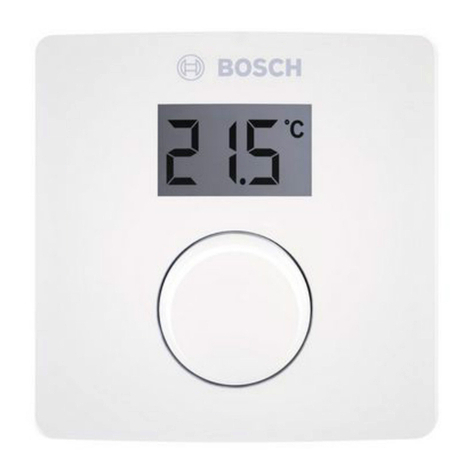
6 720 821 652 (2017/05) CRC200
2 | Contents
Contents
1 Explanation of symbols and safety instructions . . . . 2
1.1 Guideline to symbols . . . . . . . . . . . . . . . . . . . . . . . . 2
1.2 Safety instructions . . . . . . . . . . . . . . . . . . . . . . . . . 3
2 Product Description . . . . . . . . . . . . . . . . . . . . . . . . . . . . 4
2.1 Notes on functional scope . . . . . . . . . . . . . . . . . . . 4
2.2 Function as controller . . . . . . . . . . . . . . . . . . . . . . . 4
2.3 Certificates . . . . . . . . . . . . . . . . . . . . . . . . . . . . . . . 4
2.4 Applicability of the technical documentation . . . . 4
2.5 Operation after a power failure . . . . . . . . . . . . . . . 4
3 Overview of controls and symbols . . . . . . . . . . . . . . . . 5
4 Getting started . . . . . . . . . . . . . . . . . . . . . . . . . . . . . . . . 7
4.1 Changing the room temperature . . . . . . . . . . . . . . 7
4.2 More settings . . . . . . . . . . . . . . . . . . . . . . . . . . . . . . 9
5 Working with the MENU . . . . . . . . . . . . . . . . . . . . . . . . 10
5.1 Menu structure . . . . . . . . . . . . . . . . . . . . . . . . . . . 11
5.2 Overview of main menu . . . . . . . . . . . . . . . . . . . . 11
5.3 Adapting the settings for Heating with the time
program (automatic mode) . . . . . . . . . . . . . . . . . 12
5.4 Changing the settings for water heating . . . . . . . 15
5.5 Setting up a vacation program . . . . . . . . . . . . . . . 16
5.6 Displaying information about the system . . . . . . 18
5.7 General settings . . . . . . . . . . . . . . . . . . . . . . . . . . 19
6 Energy-saving tips . . . . . . . . . . . . . . . . . . . . . . . . . . . . 20
7 FAQ . . . . . . . . . . . . . . . . . . . . . . . . . . . . . . . . . . . . . . . . . 20
8 Troubleshooting . . . . . . . . . . . . . . . . . . . . . . . . . . . . . . 21
8.1 Eliminating “sensed” faults . . . . . . . . . . . . . . . . . . 21
8.2 Eliminating displayed faults . . . . . . . . . . . . . . . . . 22
9 Environmental protection/disposal . . . . . . . . . . . . . . 23
10 Setup log . . . . . . . . . . . . . . . . . . . . . . . . . . . . . . . . . . . . . 24
Technical terms . . . . . . . . . . . . . . . . . . . . . . . . . . . . . . . 25
Index . . . . . . . . . . . . . . . . . . . . . . . . . . . . . . . . . . . . . . . . 26
1 Explanation of symbols and safety
instructions
1.1 Guideline to symbols
Warnings
The following keywords are defined and can be used in this
document:
•DANGER indicates a hazardous situation which, if not
avoided, will result in death or serious injury.
•WARNING indicates a hazardous situation which, if not
avoided, could result in death or serious injury.
•CAUTION indicates a hazardous situation which, if not
avoided, could result in minor to moderate injury.
•NOTICE is used to address practices not related to
personal injury.
Important information
Additional symbols
Warnings in this document are identified by
a warning triangle printed against a grey
background.
Keywords at the start of a warning indicate
the type and seriousness of the ensuing risk
if measures to prevent the risk are not taken.
This symbol indicates important information
where there is no risk to people or property.
Symbol Function
▶ Sequence of steps
Cross-reference to other points in this
document or to other documents
• Listing/list entry
– Listing/list entry (2ndlevel)
Outdoor temperature dependent
function
Flashing indication display (e. g. flashing
ON)
Table 1 Additional symbols
6 720 811 158-11.2O
Tank loading
